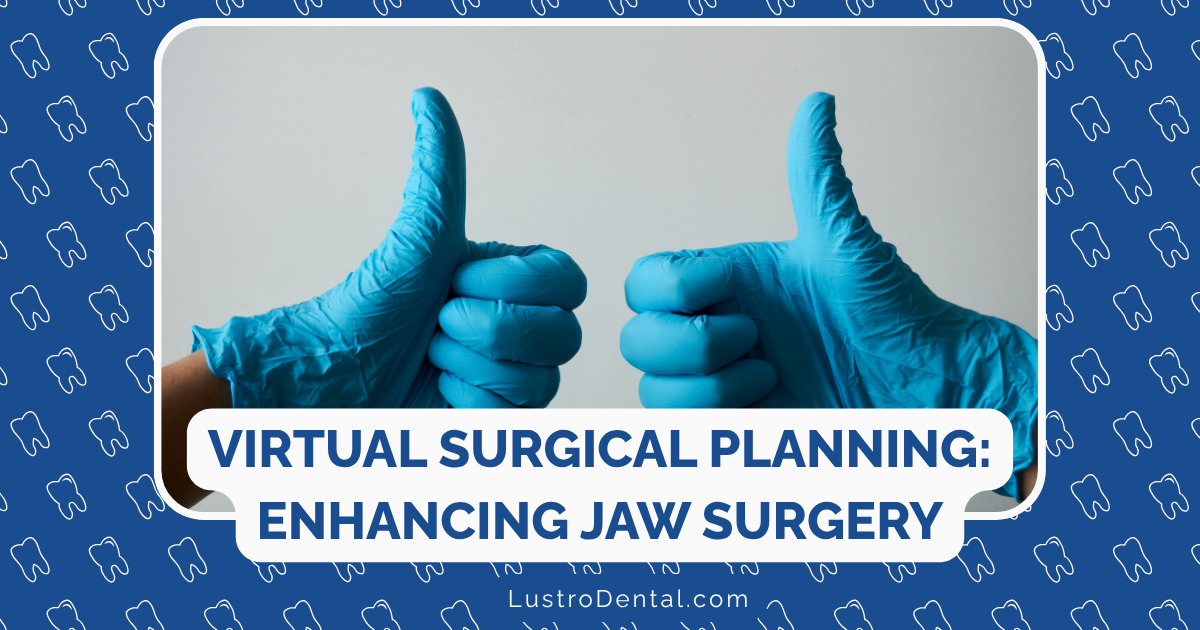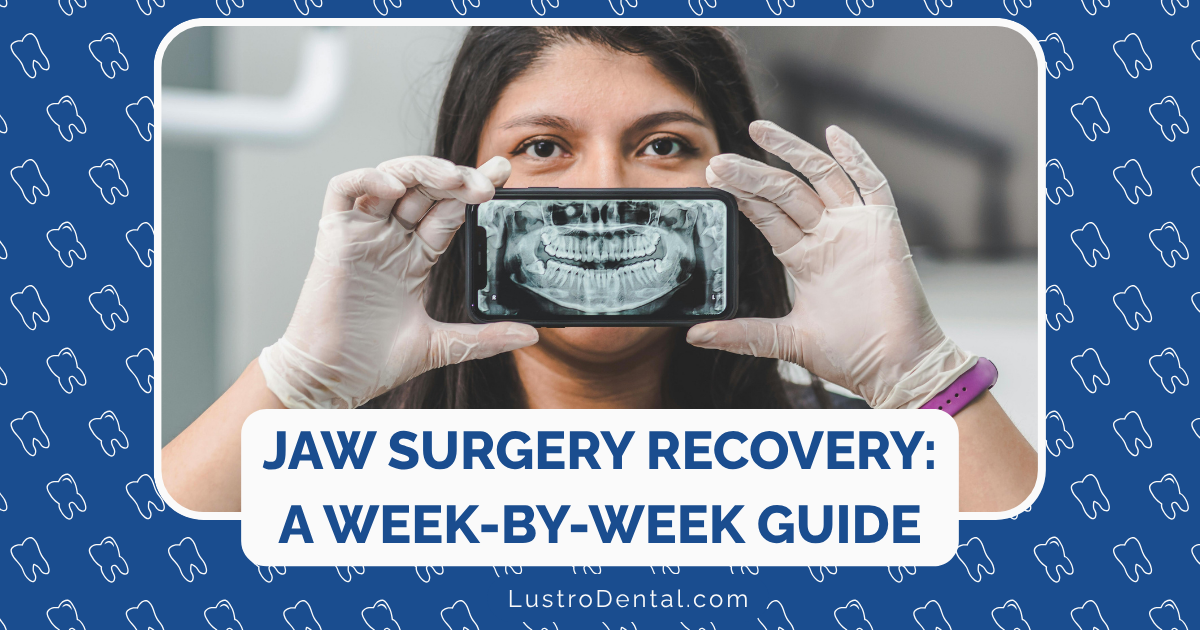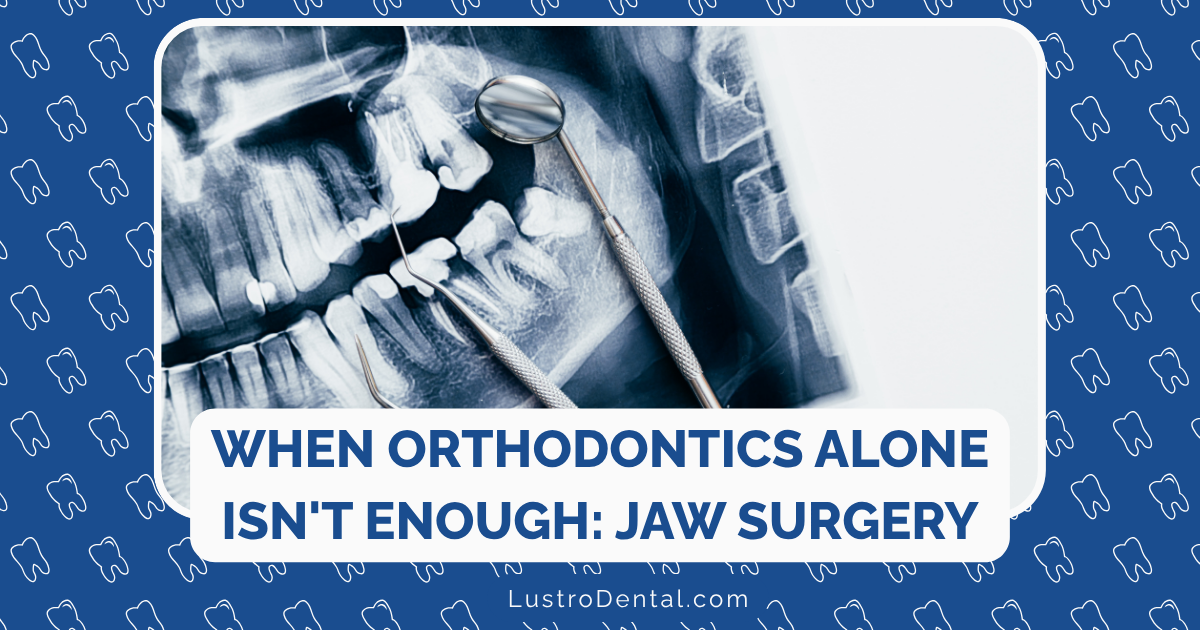Virtual Surgical Planning: How 3D Technology Is Improving Jaw Surgery Outcomes

When I first started working with orthognathic surgery patients fifteen years ago, planning for jaw surgery involved physical dental models, acetate tracings of X-rays, and a healthy dose of surgical intuition. Fast forward to today, and the transformation has been nothing short of revolutionary. Virtual Surgical Planning (VSP) has fundamentally changed how we approach jaw surgery, bringing unprecedented precision to a field where millimeters make all the difference.
As someone who has witnessed this evolution firsthand, I want to take you behind the scenes of this game-changing technology and explain why it matters so much for patients considering orthognathic surgery in 2025.
What Exactly Is Virtual Surgical Planning?
Virtual Surgical Planning utilizes advanced 3D imaging and computer-aided design to create detailed, patient-specific surgical plans before ever entering the operating room. Rather than relying solely on 2D images and physical models, surgeons can now visualize, manipulate, and perfect surgical movements in a virtual environment.
According to a 2025 systematic review published in the Journal of Craniomaxillofacial Surgery, VSP has become the gold standard for complex jaw surgeries, with adoption rates exceeding 85% among maxillofacial surgeons in North America and Europe.
The VSP Workflow: From Scanning to Surgery
1. Advanced Imaging Acquisition
The journey begins with capturing detailed images of the patient’s craniofacial anatomy:
- Cone Beam Computed Tomography (CBCT): Creates a high-resolution 3D model of the skull and jaw structures with significantly less radiation than traditional CT scans
- Intraoral 3D Scanning: Captures precise digital impressions of the teeth and soft tissues, eliminating the need for traditional dental impressions
- Facial Scanning: Documents external facial features for comprehensive analysis of facial symmetry and proportions
2. Digital Data Integration
Once collected, these different data sets are merged into a unified 3D model:
- Specialized software aligns the dental scans with the CBCT data
- The patient’s natural head position is digitally reproduced
- Facial soft tissue mapping is integrated for complete visualization
This integration creates what the AO Foundation calls a “digital patient”—a comprehensive virtual representation that allows for unprecedented analysis and planning.
3. Collaborative Virtual Planning
With the digital model complete, the surgical team can begin planning:
- Cephalometric analysis identifies skeletal discrepancies
- Virtual osteotomies (bone cuts) are performed with precision
- Jaw segments are repositioned to achieve optimal function and aesthetics
- Occlusion (bite) is analyzed and refined
- Facial profile changes are simulated and evaluated
One of the most significant advantages of VSP is the collaborative nature of this planning stage. A 2023 study in the Journal of Oral and Maxillofacial Surgery found that cloud-based platforms allow surgeons, orthodontists, and biomedical engineers to collaborate remotely, improving treatment planning and reducing planning time by up to 33%.
4. Surgical Guide Creation
Once the virtual plan is finalized, custom surgical guides are designed:
- Cutting Guides: Direct the surgeon’s saw precisely along the planned osteotomy lines
- Positioning Guides: Ensure jaw segments are repositioned exactly as planned
- Patient-Specific Osteosynthesis Plates (PSOP): Custom titanium plates designed to fit the patient’s unique anatomy and secure the jaw in its new position
These guides and plates are manufactured using 3D printing or CNC milling, typically from biocompatible materials like medical-grade titanium or polyether ether ketone (PEEK).
5. Surgery with Precision Guidance
In the operating room, the surgeon uses these custom guides to execute the plan with unprecedented accuracy:
- Cutting guides are temporarily fixed to the bone
- Osteotomies are performed following the guides’ pathways
- Positioning guides ensure precise repositioning of jaw segments
- Custom plates are secured to maintain the new jaw position
The Tangible Benefits of Virtual Surgical Planning
1. Improved Surgical Accuracy
Perhaps the most significant benefit of VSP is enhanced precision. According to a 2025 meta-analysis, VSP consistently outperforms traditional planning methods in terms of accuracy:
- Average deviation from planned outcomes: 1.14mm with VSP vs. 1.83mm with traditional methods
- Angular deviation: 2.67° with VSP vs. 3.32° with traditional approaches
- Matching percentage: 96.12% with VSP vs. 87.5% with conventional techniques
These numbers may seem small, but in orthognathic surgery, sub-millimeter precision can make the difference between an excellent result and one requiring revision.
2. Reduced Operating Time
VSP significantly streamlines the surgical procedure itself:
- Average operative time: 3.7 hours with VSP vs. 4.32 hours with traditional methods
- Reduced anesthesia time translates to lower risks for patients
- Less time spent on intraoperative decision-making and adjustments
A study from Foley & Leor Oral Surgery found that surgeons using VSP reported a 16-50% reduction in operating time compared to conventional methods.
3. Enhanced Treatment Planning Efficiency
The digital workflow also improves the pre-surgical planning process:
- Planning time for single-jaw surgery: 109.3 minutes with VSP vs. 145.5 minutes with conventional planning
- Planning time for double-jaw surgery: 149.6 minutes with VSP vs. 224.1 minutes with conventional planning
This efficiency doesn’t just save time—it allows for more thorough analysis and consideration of different surgical approaches.
4. Better Patient Communication and Understanding
VSP offers powerful tools for patient education:
- 3D visualizations help patients understand their condition and treatment plan
- Before-and-after simulations set realistic expectations
- Patients can actively participate in treatment decisions with better information
Dr. Sarah Johnson, an oral and maxillofacial surgeon at University Medical Center, explains: “When I can show patients a 3D simulation of their expected results, it transforms the consultation. They understand what we’re trying to achieve and why certain movements are necessary. This leads to more informed consent and higher satisfaction with outcomes.”
5. Improved Predictability of Soft Tissue Changes
One of the historical challenges in orthognathic surgery has been accurately predicting how soft tissue (skin, lips, cheeks) will respond to skeletal changes. VSP has significantly improved this aspect:
- Advanced algorithms simulate soft tissue draping over new skeletal positions
- Studies show VSP soft tissue predictions are 28% more accurate than traditional methods
- Surgeons can better anticipate aesthetic outcomes and plan accordingly
6. Reduced Complications and Revisions
With greater precision comes fewer complications:
- Lower rates of malocclusion (bite problems) post-surgery
- Reduced need for revision surgeries
- Decreased incidence of TMJ disorders following surgery
A 2025 report in Dentistry.co.uk found that patients who underwent VSP-guided orthognathic surgery had a 64% lower rate of revision surgeries compared to those who had traditional surgical planning.
Real-World Case Studies: VSP in Action
Case Study 1: Complex Facial Asymmetry
Sarah, a 26-year-old with significant facial asymmetry due to hemifacial microsomia (underdevelopment of one side of the face), underwent VSP-guided bimaxillary orthognathic surgery.
Challenges:
- Severe skeletal discrepancy between left and right sides
- Canted occlusal plane (tilted bite)
- Significant midline deviation
VSP Approach:
- 3D analysis quantified the exact degree of asymmetry
- Virtual simulation tested multiple surgical approaches
- Custom cutting and positioning guides were created
- Patient-specific titanium plates were designed for the unique anatomy
Outcome:
- Post-operative evaluation showed deviation of less than 1mm from the planned position
- Dramatic improvement in facial symmetry
- Stable occlusion achieved
- Patient reported significant improvement in quality of life and self-confidence
Case Study 2: Revision Orthognathic Surgery
Michael, a 32-year-old who had undergone conventional orthognathic surgery five years prior, presented with relapse and persistent malocclusion.
Challenges:
- Altered anatomy from previous surgery
- Significant scarring and fibrosis
- Limited bone stock for fixation
- Patient anxiety about another surgical failure
VSP Approach:
- Detailed 3D mapping of current anatomy
- Virtual simulation of corrective movements
- Design of specialized fixation plates to accommodate limited bone
- Creation of precise cutting guides to navigate through scarred tissue
Outcome:
- Successful correction with 97.8% match to planned movements
- Stable occlusion achieved
- No complications or nerve injuries
- Patient reported complete resolution of TMJ symptoms
Challenges and Limitations of VSP
Despite its many advantages, VSP is not without challenges:
1. Cost Considerations
The technology comes with additional expenses:
- Average material cost: $2,128 for VSP vs. $3,416 for traditional methods
- Initial investment in software and hardware can be substantial
- Some insurance plans may not fully cover VSP-related expenses
However, as Dr. Robert Taylor of the University of Michigan notes: “When you factor in reduced operating time, fewer complications, and decreased need for revisions, VSP often proves cost-effective in the long run.”
2. Learning Curve
Adopting VSP requires significant training:
- Surgeons must learn new software platforms
- Teams need to adapt to digital workflows
- Initial cases may take longer until proficiency is achieved
3. Potential for Over-Reliance on Technology
There’s a risk of becoming too dependent on digital tools:
- Surgeons must maintain traditional skills for intraoperative adaptations
- Not all aspects of surgery can be perfectly simulated
- Technical failures can occur, requiring backup plans
4. Accuracy Limitations
While VSP improves precision, it’s not perfect:
- Soft tissue predictions still have limitations
- Some studies show discrepancies exceeding 2mm in certain landmarks
- The Journal of Oral and Maxillofacial Surgery reported that in-house VSP protocols showed mean 3D distance errors ranging from 1.68mm to 3.15mm
The Future of Virtual Surgical Planning
The technology continues to evolve rapidly:
1. Artificial Intelligence Integration
AI is beginning to enhance VSP capabilities:
- Automated landmark identification
- Predictive algorithms for optimal jaw positions
- Machine learning to improve soft tissue predictions based on previous cases
2. Augmented Reality in the Operating Room
AR headsets are being integrated with VSP:
- Surgeons can visualize the virtual plan overlaid on the patient during surgery
- Real-time guidance without looking away from the surgical field
- Immediate feedback on positioning accuracy
3. Haptic Feedback Systems
Tactile simulation is emerging as a training tool:
- Surgeons can practice the specific case in a virtual environment
- Force feedback simulates bone cutting and manipulation
- Potential complications can be identified and addressed before surgery
4. Streamlined Workflows
The process is becoming more efficient:
- In-house VSP capabilities reducing reliance on third-party services
- Faster turnaround times for guide and plate fabrication
- More intuitive software interfaces requiring less specialized training
Is VSP Right for Every Patient?
While the benefits are clear, VSP may not be necessary for every case:
- Simple, single-jaw procedures may not justify the additional planning
- Patients with limited financial resources may need to prioritize
- Emergency cases may not have time for the complete VSP workflow
The decision should be individualized, weighing the complexity of the case, potential benefits, and practical considerations.
Conclusion: A New Standard of Care
Virtual Surgical Planning has transformed orthognathic surgery from an art form heavily dependent on surgical intuition to a precise, predictable science. The evidence overwhelmingly supports its adoption for complex cases, with demonstrated improvements in surgical accuracy, efficiency, and patient outcomes.
As we look to the future, continued refinement of these technologies promises even greater precision and accessibility. For patients considering jaw surgery, understanding the role of VSP in their treatment plan is an important part of the decision-making process.
The days of “eyeballing” jaw positions and relying solely on handheld models are largely behind us. Virtual Surgical Planning has set a new standard for care in orthognathic surgery—one that benefits surgeons and patients alike through enhanced precision, improved outcomes, and greater peace of mind.
Have you undergone orthognathic surgery with Virtual Surgical Planning, or are you considering it? Share your experiences or questions in the comments below.







